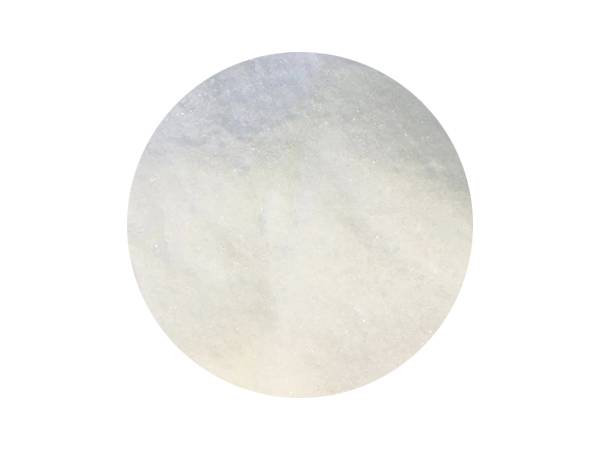



sodium chlorite citric acid
Sodium chlorite and citric acid are two chemical compounds that often come up in discussions about disinfection and sanitation. Sodium chlorite (NaClO2) is a powerful oxidizing agent used primarily for its bleaching, disinfecting, and deodorizing properties. It is widely utilized in water treatment processes, food processing, and even in the manufacturing of various consumer products. When combined with citric acid (C6H8O7), a natural organic acid commonly found in citrus fruits, sodium chlorite can produce chlorine dioxide (ClO2), a strong disinfectant effective against a broad spectrum of pathogens.
The combination of sodium chlorite and citric acid is particularly noteworthy because it provides a chemical reaction that produces chlorine dioxide in situ. This process occurs when sodium chlorite is mixed with citric acid, resulting in an effervescent reaction that releases chlorine dioxide gas, which can then be used for disinfection purposes. This method is advantageous because it allows for the generation of chlorine dioxide on-site, eliminating the need for the storage and transport of hazardous chemicals.
Chlorine dioxide is an effective agent against bacteria, viruses, and fungi, making it a popular choice for sanitizing surfaces in hospitals, food processing facilities, and water systems. The efficacy of chlorine dioxide as a disinfectant has been well-documented; it operates through the oxidation of microbial cell components, leading to cell death and a reduction in microbial load.
sodium chlorite citric acid

Aside from its disinfectant properties, the reaction between sodium chlorite and citric acid is of interest in various fields, including environmental science and food safety. The ability to create chlorine dioxide quickly and efficiently makes this combination particularly appealing for situations where rapid disinfection is needed. Furthermore, the use of citric acid—a non-toxic and eco-friendly compound—adds an additional layer of safety, particularly in food industry applications.
However, it is essential to handle sodium chlorite and citric acid with care, as improper mixing or use can lead to hazardous situations
. Adequate safety precautions should be observed to prevent exposure to chlorine dioxide, which can be harmful in high concentrations.In conclusion, the combination of sodium chlorite and citric acid represents a significant advancement in disinfection technology. By generating chlorine dioxide on-site, industries can ensure effective microbial control while prioritizing safety and environmental responsibility. As research continues, the applications of this chemical combination are likely to expand, offering innovative solutions to sanitation challenges in various sectors.
-
Why Sodium Persulfate Is Everywhere NowNewsJul.07,2025
-
Why Polyacrylamide Is in High DemandNewsJul.07,2025
-
Understanding Paint Chemicals and Their ApplicationsNewsJul.07,2025
-
Smart Use Of Mining ChemicalsNewsJul.07,2025
-
Practical Uses of Potassium MonopersulfateNewsJul.07,2025
-
Agrochemicals In Real FarmingNewsJul.07,2025
-
Sodium Chlorite Hot UsesNewsJul.01,2025










